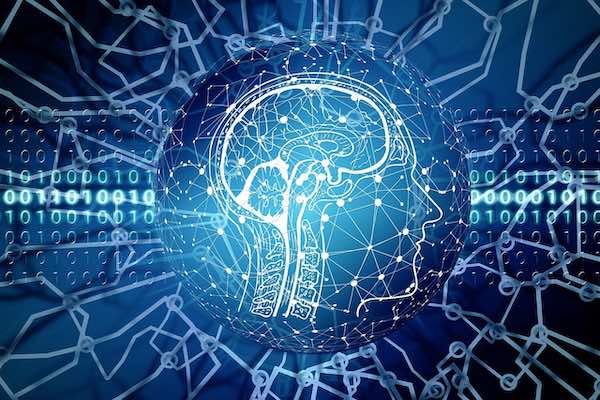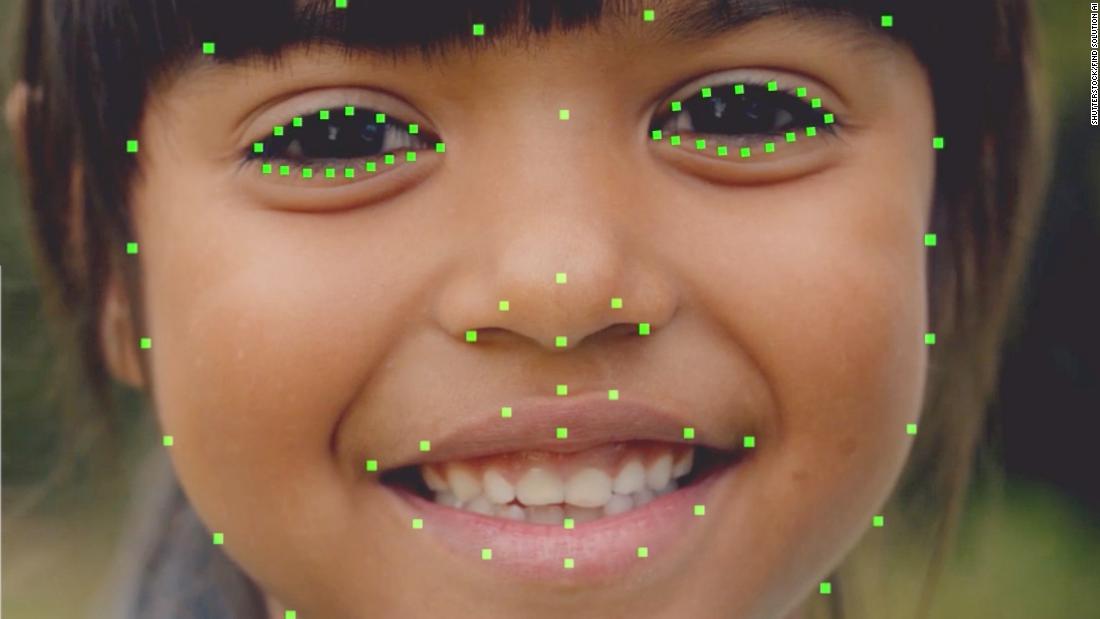Emotion Recognition Technology Using AI
Emotion recognition technology is a rapidly growing field, with a wide range of potential applications. From customer service to healthcare, AI-powered emotion recognition tools can help businesses better understand and serve their customers.
In this article, we'll explore the basics of emotion recognition technology, discuss some of its applications, and take a look at the challenges and ethical implications of using this technology.

What is Emotion Recognition Technology?
Emotion recognition technology is a type of artificial intelligence (AI) that can identify human emotions from facial expressions, vocal tone, and other cues. This technology is based on the idea that emotions are expressed in a consistent way across individuals, and that these expressions can be reliably detected and interpreted by machines.
Emotion recognition technology is still in its early stages of development, but it has already shown great promise in a variety of applications. For example, emotion recognition tools are being used to:

- Improve customer service: By understanding customers' emotions, businesses can provide more personalized and effective service.
- Detect fraud: Emotion recognition tools can be used to identify people who are lying or trying to deceive others.
- Enhance security: Emotion recognition tools can be used to monitor people's behavior and identify potential threats.
- Improve healthcare: Emotion recognition tools can help doctors diagnose and treat mental health conditions.
Applications of Emotion Recognition Technology
Emotion recognition technology has a wide range of potential applications, including:

- Customer service: By understanding customers' emotions, businesses can provide more personalized and effective service. For example, a customer service representative might use emotion recognition technology to identify customers who are frustrated or angry and adjust their approach accordingly.
- Marketing: Emotion recognition technology can be used to target marketing messages to specific audiences. For example, a company might use emotion recognition technology to identify people who are likely to be interested in a particular product or service.
- Sales: Emotion recognition technology can be used to help salespeople identify potential customers and close deals. For example, a salesperson might use emotion recognition technology to identify customers who are interested in buying a product or service and adjust their sales pitch accordingly.
- Human resources: Emotion recognition technology can be used to assess job candidates and identify the best fit for a particular role. For example, a company might use emotion recognition technology to identify candidates who are likely to be successful in a particular job and screen out those who are not.
- Education: Emotion recognition technology can be used to improve learning outcomes. For example, a teacher might use emotion recognition technology to identify students who are struggling and provide them with additional support.
- Healthcare: Emotion recognition technology can be used to diagnose and treat mental health conditions. For example, a therapist might use emotion recognition technology to identify patients who are experiencing depression or anxiety and provide them with appropriate treatment.
- Security: Emotion recognition technology can be used to monitor people's behavior and identify potential threats. For example, a security guard might use emotion recognition technology to identify people who are behaving suspiciously and take action to prevent a crime.
Challenges and Ethical Implications of Emotion Recognition Technology
Emotion recognition technology is a powerful tool with a wide range of potential applications. However, there are also a number of challenges and ethical implications associated with this technology.

Challenges
One challenge of emotion recognition technology is that it is not always accurate. This is because emotions are complex and can be difficult to interpret. Additionally, emotion recognition technology can be biased against certain groups of people, such as women and people of color.
Another challenge of emotion recognition technology is that it can be used for surveillance and control. For example, emotion recognition technology could be used to track people's movements, monitor their behavior, and predict their actions. This could have a chilling effect on free speech and expression.

Ethical Implications
The ethical implications of emotion recognition technology are complex and still being debated. Some of the ethical concerns associated with this technology include:
- Privacy: Emotion recognition technology could be used to invade people's privacy by tracking their emotions and monitoring their behavior.
- Discrimination: Emotion recognition technology could be used to discriminate against certain groups of people, such as women and people of color.
- Manipulation: Emotion recognition technology could be used to manipulate people's emotions and control their behavior.

Conclusion
Emotion recognition technology is a powerful tool with a wide range of potential applications. However, there are also a number of challenges and ethical implications associated with this technology. It is important to be aware of these challenges and implications before using emotion recognition technology.
References

- Emotion Recognition Technology: Applications and Implications
- [Emotion Recognition Technology: A Review of the
Post a Comment